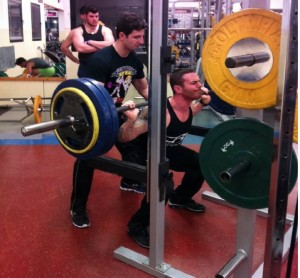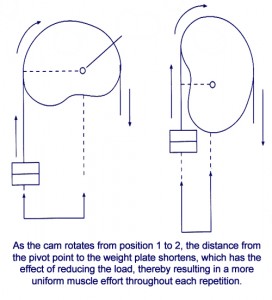I’m stepping away from my usual blog posts about the art of muscle and strength science for a moment to address something that has become a burning itch under my skin. I’m sure I’ll lose a few of my fitness professional friends over this one, but that’s okay. And I’m sure I’ll make a few new friends as a result of this, and that’s okay too.
My purpose here is not to rearrange my “friends” list but to explain why I and many others in the health and fitness arena choose to align with MLM (multi-level marketing) companies that produce health and wellness products.
Several times I’ve heard fitness professionals and personal trainers—some of whom I respect immensely—make a statement along the lines of, “If you’re involved in an MLM you should not even call yourself a fitness professional.”
Okay…well…I’m going to challenge that attitude. And I’m well equipped to because that was my stance for the first fourteen years of my fitness career. (The past two years have decimated those beliefs.)
On the most primitive level you don’t like MLM’s because you don’t understand them.
And you don’t understand them because you’ve never been involved in one. Or you had a bad experience with an MLM and feel like you got “burned”.
You think you know how they work but how could you—you’ve never been involved in one. You only have your perception of what an MLM is and how it works. That, combined with the bullet points from what others have told you, leads to your baseless belief that “It’s a scam. It’s a get rich quick scheme.”
I know all the reasons Fitness Professionals think MLM’s are “Unprofessional”.
- Low-barrier of entry.
- People in MLM’s are not qualified professionals.
- It’s a sales job and you don’t like “selling”.
- It’s a pyramid that preys on people.
- If the products are so good then why are they not in stores?
- You can’t make any real money.
I will not dispute that there is some legitimacy to the above claims. After all, the first thing that turned you off was that your Aunt Debbie started her MLM business in the amount of time it takes you to walk to your mailbox. Barrier to entry is low. One needs to be willing to part with a few hundred dollars and start buying the products and voila, you’re in business.
Which leads into one of the primary reasons you despise MLM’s.
You don’t respect anyone who’s not a trainer or fitness professional by trade talking to people about products to improve their health, lose weight or help prevent disease.
“They’re not qualified!” you’ll cry.
And yet half the personal trainers with this nose in the air attitude became trainers following a ridiculously easy online or weekend certification course. Talk about a profession with a low-barrier of entry—look who’s calling the kettle black.
But if you are one of those that had to work hard to earn your credentials, and consider yourself in the top 20% of trainers, you would actually admire what the top 20% of MLM people do to get where they are. (It’s not all about getting people to join. More on this later.)
Let’s peel back the layers on the “qualification” issue. I’ll start by asking, you, my fitness professional brethren a question: When was the last time you recommended a supplement or suggested an approach to nutrition after reading a few articles, research papers, or books?
Don’t say you’ve never done it. Truth is, unless you’re a licensed nutritionist, dietetic, or have a background in nutritional biochemistry you are no more qualified than anyone else to educate others on these topics.
But because you investigate these topics and learn from reliable resources that have extensive insight and knowledge, you feel confident in your ability to pass along the information. You guide people to what you think is best for them—and there’s nothing wrong with it. As long as it’s you doing it, or those you think have the right to.
(Keep in mind, there’s someone out there smarter and more versed than you who thinks you have no right to educate people. …Just saying.)
Science and education are what you’re looking for, right?
I can’t speak for every MLM but Shaklee (whom my wife and I have been partnered with for just over two years) does an incredible job educating their distributors and customers. As you’ll soon see, their entire business model depends on education.
Shaklee has poured millions of dollars into creating in-depth educational programs and resources and staffs over 70 full-time doctors, scientists, and nutritionists at their headquarters in Pleasanton, CA. Not only are they actively involved in the development of products but they are accessible to distributors and customers to educate them on the products’ use and health implications.
They also host weekly webinars, conference calls, and speak at live events discussing the science behind the products and the results of clinical trials.
Speaking of research…
I find it ironic that so many of my Exercise Science Research Geek friends as I affectionately refer to them don’t demand more from the companies whose products they use. In their eyes “the research” behind a product is the true worth of a product.
Well here’s a challenge to you all. Go to your favorite vitamin or health food store and pick a product from five of the companies you believe to be the most reputable. It could be something as common as a B vitamin or Multi. Now call the company and request a copy of their clinical trials on that product.
I’ll bet they have nothing to offer. Maybe except a reference to a study about that type of product/ingredient (but not theirs specifically) and a discount coupon. My wife has done this more times than I can count—and with companies you all know and trust.
On the other hand Shaklee has over 90 abstracts and manuscripts in peer-reviewed scientific journals to support product efficacy and safety. They run trials on THEIR finished product before it’s released for distribution. And if even one ingredient (from a supplier) in a product is not up to their standard they halt production of that product (no matter how popular) until the right one is found.
This coming year (2015) Shaklee will spend $250 million on science and research. That’s a quarter of a billion dollars just on research. I wonder how many of your favorite brands are willing to pony-up a quarter of a billion just to improve their current batch of products and develop new ones.
I am not implying this is the standard for all MLM’s but for the one I work with it is. For me it’s about…
Money spent the way it should be.
Remember bullet point number five: If the products are so good then why are they not in stores?
Someone once asked this of the founder of our company, Dr. Forrest Shaklee back in the late 1950’s. To paraphrase his response; A product on a shelf cannot tell a person what makes it better or different from all the other products. That’s why you need people—people that are knowledgeable about the product and can communicate what it has the power to do.
Seems like a rational answer to me. I know that I do a much better job of explaining to someone in person what training at my fitness studio will do to help them than even the most comprehensive marketing pieces we produce. You just can’t beat face-to-face communication, especially when you’re discussing someone’s health and wellness.
You’re smart enough to realize that companies spend billions of dollars a year to grab your attention in hopes that you’ll reach for their product on the shelf, right? And you’re also smart enough to know that half the stuff they tell you is BS. So I don’t quite understand the logic that, if a product is not on a shelf then it must be poor quality.
The reasons [most] MLM’s don’t spend money on advertising.
- Instead of spending money on advertising they spend it on R & D. (Again, Shaklee will invest $250 million next year in this area.)
- Instead of spending money on advertising or celebrity endorsements they spend it on educating distributors about the products.
- Instead of spending money on advertising they use it to pay people to spread their message.
- Instead of spending money on advertising they use it to reward people for business growth.
You don’t bat an eyelash or voice your displeasure over products endorsed by athletes who likely never heard of the company before they got paid to know and talk about them. Your rational senses tell you there is no reason to believe that the products they are pitching actually work, but you consider using them anyway.
That’s the power of seductive marketing. It can turn the most cynical person into a buyer in a few thirty-second snippets. And worse, you know what they’re doing as they do it.
So why vilify a company that chooses NOT to spend millions, if not billions of dollars on deceiving you?
Do you actually trust a paid celebrity over people that really use, benefit from, and are educated on the products they are recommending to you?
Our logic is severely flawed. …But I guess that’s why marketing is designed to appeal to emotions and not logic.
It’s sales and I’m not a salesman
My sister is in sales and my father was a salesman too. Both are exceptional at it due to a combination of their personality and drive to succeed. I’m a personal trainer…I’m not a salesman. But like so many other trainers I can “sell” the heck out of my services.
Why? Because I believe in what I do. Because I know with absolute certainty I can change peoples’ lives. And if you’re a trainer or fitness professional of any kind I know you feel the same way.
Does it bother you that some people don’t buy into what you do? That they don’t really think your services are necessary to get in shape or be healthy?
Of course not!
You realize that what you do won’t be for everyone and you’re only concerned with those that it is for. And you are certainly not going to spend your time trying to hard sell people on what you do—if they don’t want your help, it’s their loss.
Well the same goes for the products I recommend and proudly “sell”.
I’ve done my due diligence, I’ve read the research, and I use the products.
In fact, I used them for several months before ever recommending them.
Providing people with proven alternatives that can improve their health and wellness is not selling, it’s my job, and if you are a fitness professional it is yours too. People come to us because they need the help of an expert. This is not snake oil sales. It’s sharing a gift with people that can permanently change their lives.
It’s a Pyramid and preys on people.
This is my very favorite objection fitness professionals cite for not joining an MLM. The reason is, many are already part of a pyramid.
Wait, what? Huh?
Yup, that’s right.
Ask yourself what a pyramid looks like?
There is a person at the top and then there are people underneath that person…and then people under those people…and others under them.
The traditional companies we all support are the real pyramids. Think about it. Who gets paid the most? The CEO. Who next? The Presidents of each division. Next? Vice Presidents, then Middle Managers, then Supervisors, and dooooooooooown the line it goes.
Even in small businesses there’s always a hierarchy. You have one or two owners and then everyone else is “underneath” them, right?
So help me understand the concern about someone earning a percentage from the work you do? The work they have to spend time teaching you to do. It’s already happening unless you are the sole owner and operator of your business. (And the percentage of what’s being made off your work in a “regular job” is no less—often grossly more—than that of MLMs.)
In reality, no one earns anything without adding value.
Anyone who has ever earned a good living in an MLM will tell you that you don’t make money simply by getting people to join. Your earnings are tied to what happens after the initial purchase. Specifically, the amount of value you are adding to people’s lives.
The folklores about people signing up their family and friends so they can advance themselves in an MLM and become a multi-millionaire is typically a) complete bullshit or b) a Ponzi scheme akin to The Wolf of Wall Street. The latter resulting in imprisonment.
I can’t speak for every MLM but in Shaklee we get paid based on the quality and volume of work we put in. We don’t earn anything if we’re not helping others be successful. In every way we are like a 24 hour support staff for those we bring into the business.
The super slimmed down version of how my wife and I operate our Shaklee business goes something like this:
- Someone decides to join our Team and start making a difference in the lives of others and themselves.
- We then work with them day in and day out to assist in their personal and professional development (notice which one I listed first) and make a full time living from their business if they choose.
- We then teach them how to do the exact same thing for others.
- We remain right by their side coaching them every week to grow and achieve their goals.
Interestingly enough this is exactly what I have done with every trainer who has ever worked for me in my fitness studio. And I’m sure many of you who own a fitness business or any business have done the same as well. You recognize that your job as the leader is to develop your people so they can better serve other people (your customers).
Oh, and as far as those who bring you into an MLM living the life off all your hard work. There are thousands of people in Shaklee and other MLM’s, my wife and I included, who earn more than the people who sponsored them into the business. Because as with any business it’s the depth, quality and commitment to your work that determines earning potential.
If you are not adding value and helping others improve their quality of life, your quality of life will suffer. That is why those who think this business is all about signing people up never make it long-term. This business is about connecting with people and being a Quality of Life Ambassador to them. You can’t be that—and won’t survive—if you con people into joining.
It’s your reputation, I get it.
No one could be anymore apprehensive about joining an MLM than me. It took me eight years since first being introduced to Shaklee to even consider moving forward with the business. And even then it took me several months to embrace it (despite the great results I experienced from the products) and make it a bigger part of my fitness studio.
I was fearful of the blowback from clients and colleagues if something was wrong with the products or they didn’t work. I also didn’t want to be seen as a self-serving pushy salesperson.
The Cliff Notes version of my story is that the science and real-world proof won me over. As a result, my clients have improved their health and achieved fat-loss, body composition and strength goals more quickly and with greater ease.
Closing Thoughts.
There are bad salespeople, business people, and service providers in EVERY industry and profession. Does that stop you from using those products or services?
Have you stopped going to all restaurants because the food and service was bad at one of them? Or did you chalk it up to that being a bad restaurant and move on?
If you’re a fitness professional reading this, I know how you feel. I felt the same way too. But what I found—when I set aside my preconceived notions and negative experiences with certain MLM distributors—is that the business is like any other. The model is completely legit and the quality of products were SIGNIFICANTLY better than 98% of those found on a shelf.
As I said at the start, if you have never been a part of an MLM (or a Network Marketing company as many now refer to them) you have little basis for judging them. Sure you can continue judging them based on the few (bad) people you know involved in them and say they’re Money Sucking Vampires. But that would be like people refusing to consider your services because their first encounter with a personal trainer, chiropractor, nutritionist, coach, or whoever was an off-putting experience.
Just (whole) food for thought. 
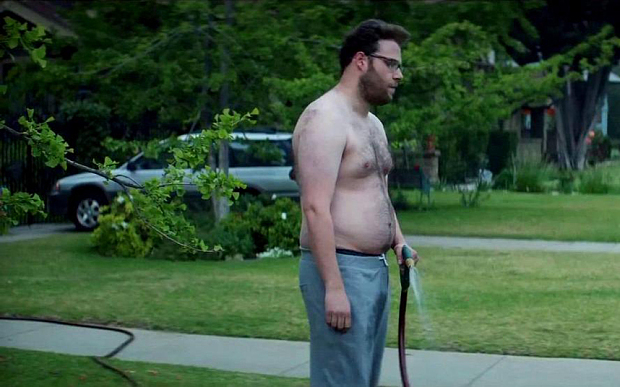 If you haven’t read the short article written by Mackenzie Pearson of Clemson where the dad bod phenomenon was first unveiled I suggest checking it out. However everything you need to know about the dad bod can be summed up by this quote from the article:
If you haven’t read the short article written by Mackenzie Pearson of Clemson where the dad bod phenomenon was first unveiled I suggest checking it out. However everything you need to know about the dad bod can be summed up by this quote from the article:
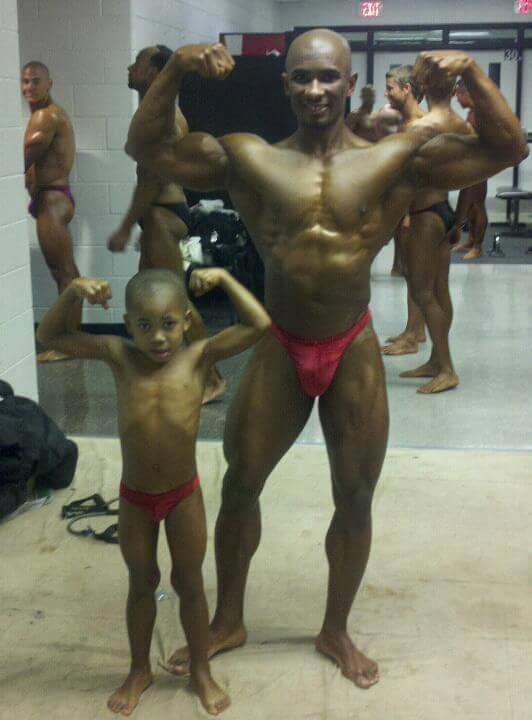 Top natural bodybuilders Shevon Cunningham (DFAC World Champion) and Wil Usher with their boys.
Top natural bodybuilders Shevon Cunningham (DFAC World Champion) and Wil Usher with their boys.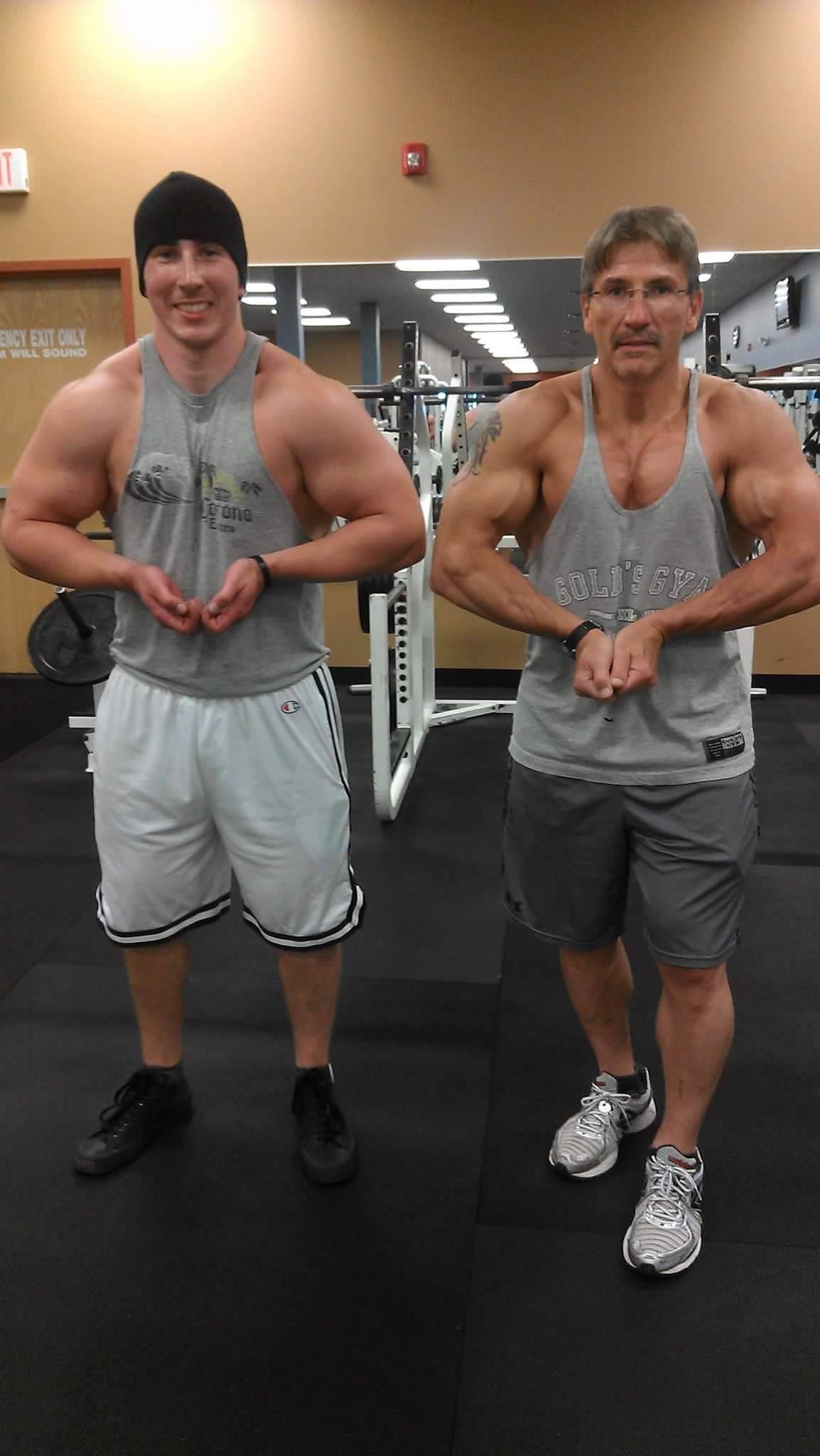
 Master’s Pro Natural Bodybuilder Eugene Ring with son and grandson.
Master’s Pro Natural Bodybuilder Eugene Ring with son and grandson.
 Dave Wilson, C-level business executive and dad who has more excuses than most to be out of shape but n
Dave Wilson, C-level business executive and dad who has more excuses than most to be out of shape but n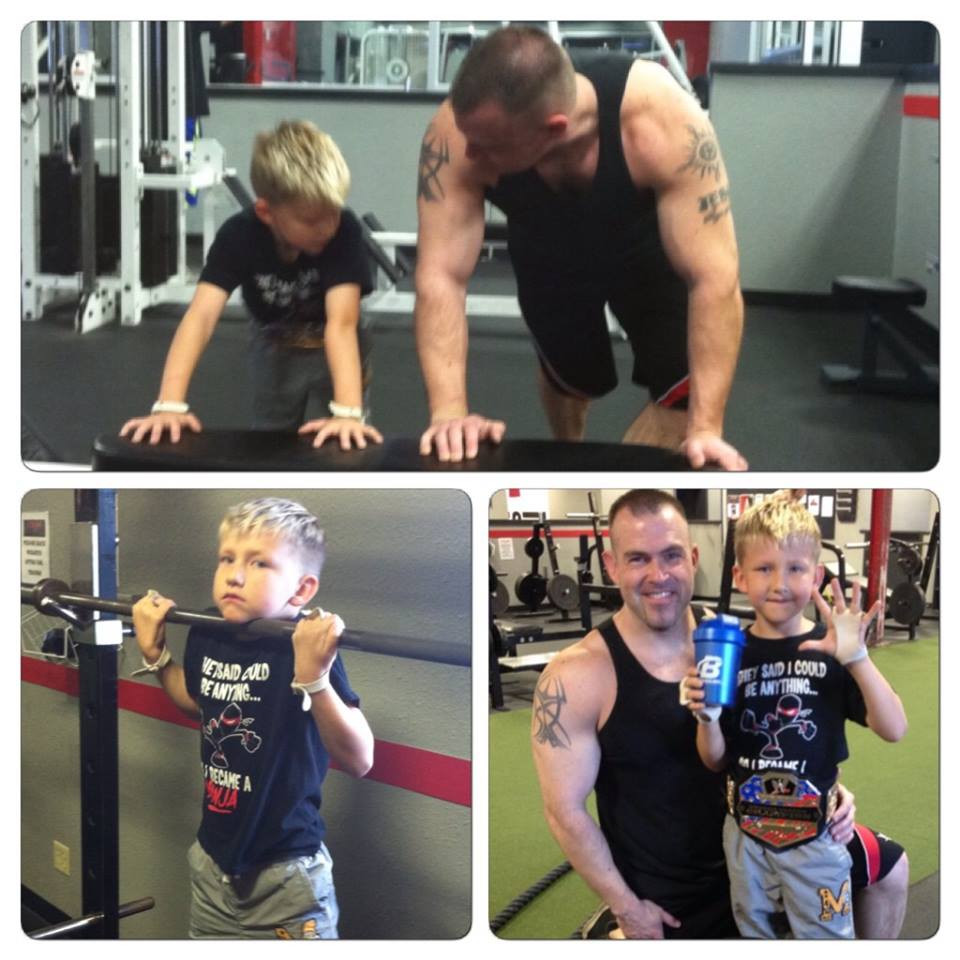
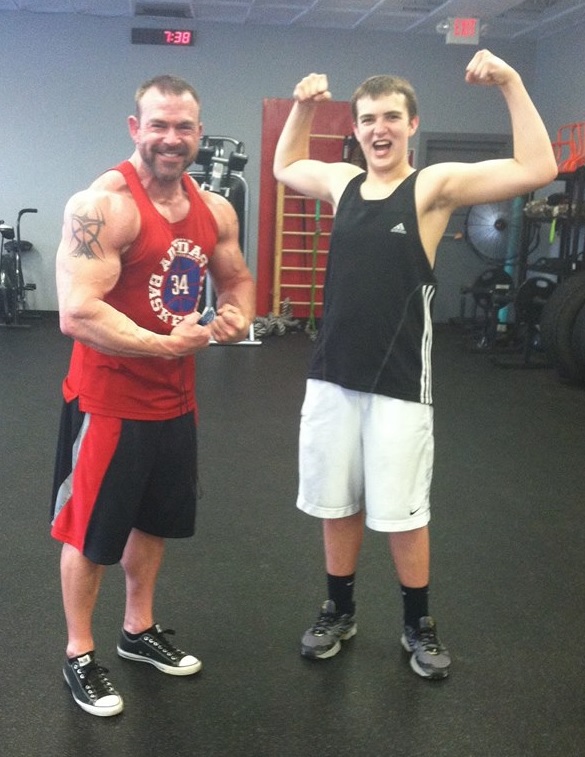
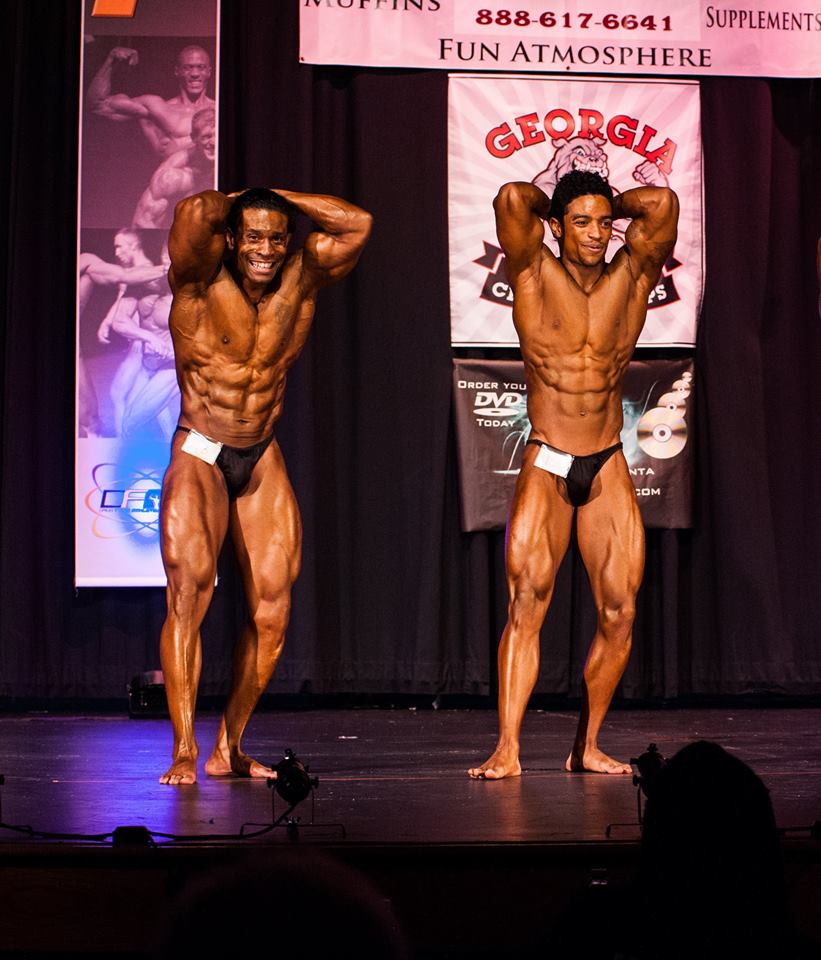 The dynamic natural bodybuilding father and son duo of Shawn Wolfe and Sean Coleman.
The dynamic natural bodybuilding father and son duo of Shawn Wolfe and Sean Coleman.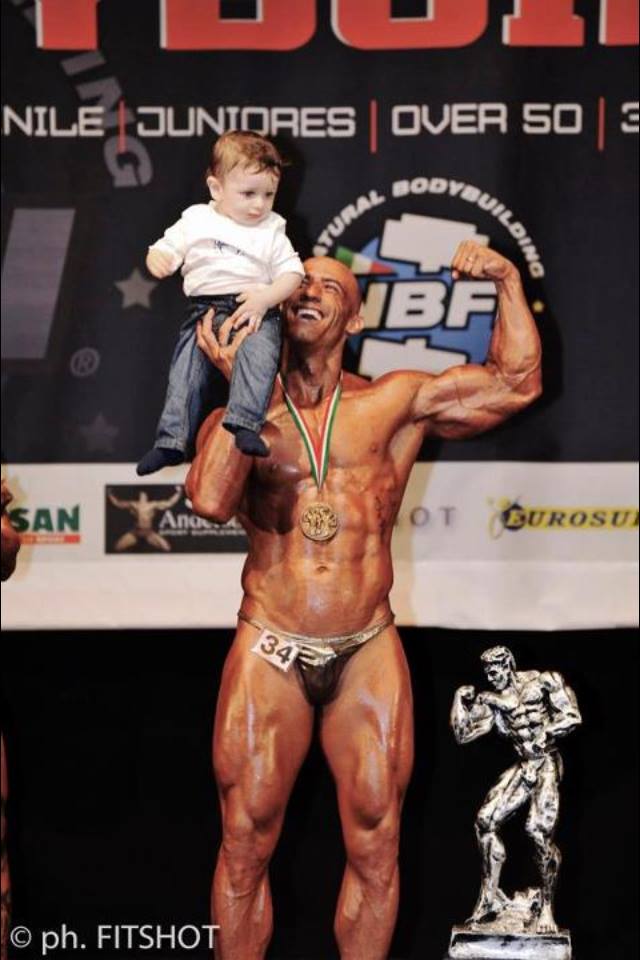
 Italian Natural Bodybuilding Champion and my good friend Francesco Paleari.
Italian Natural Bodybuilding Champion and my good friend Francesco Paleari.




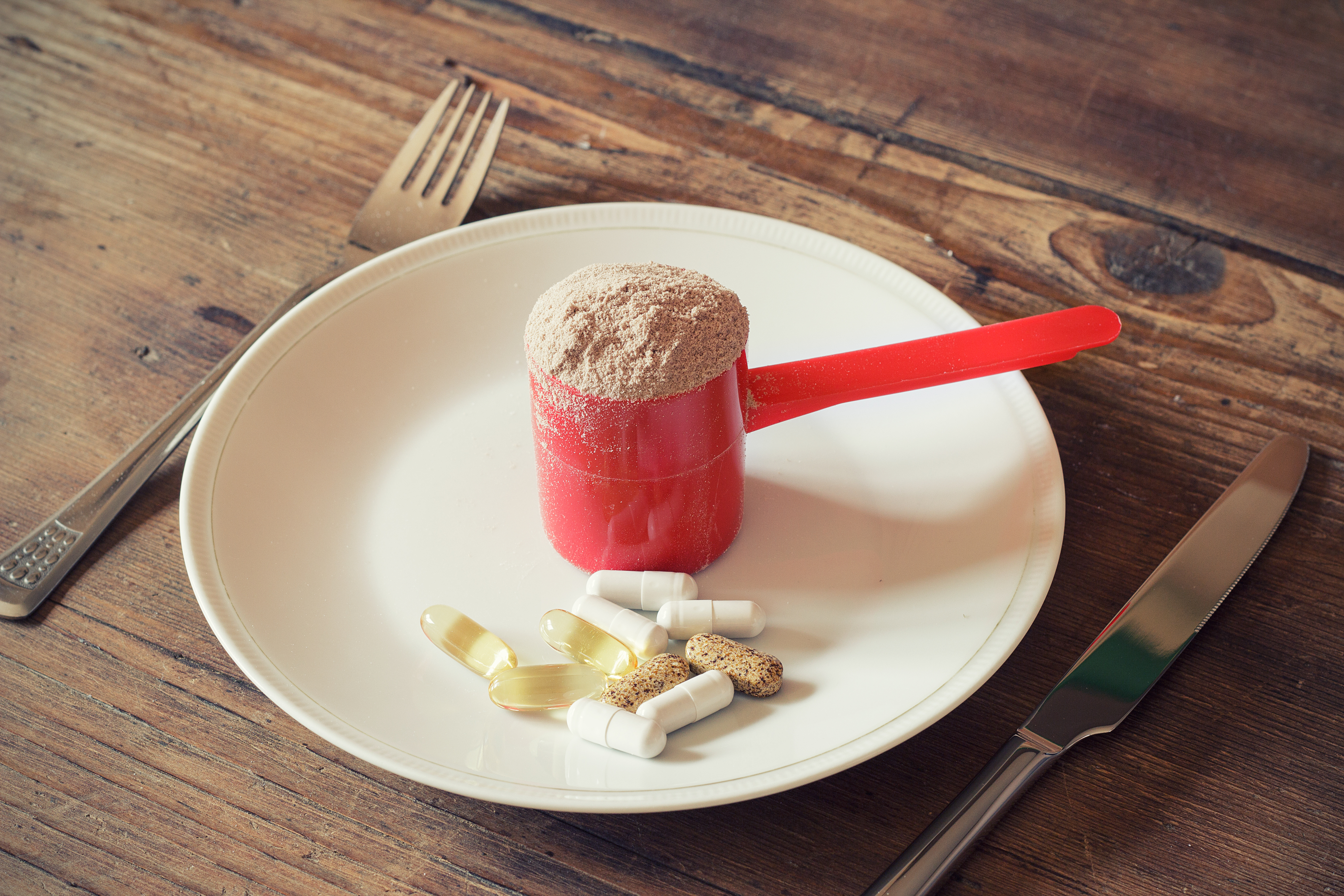
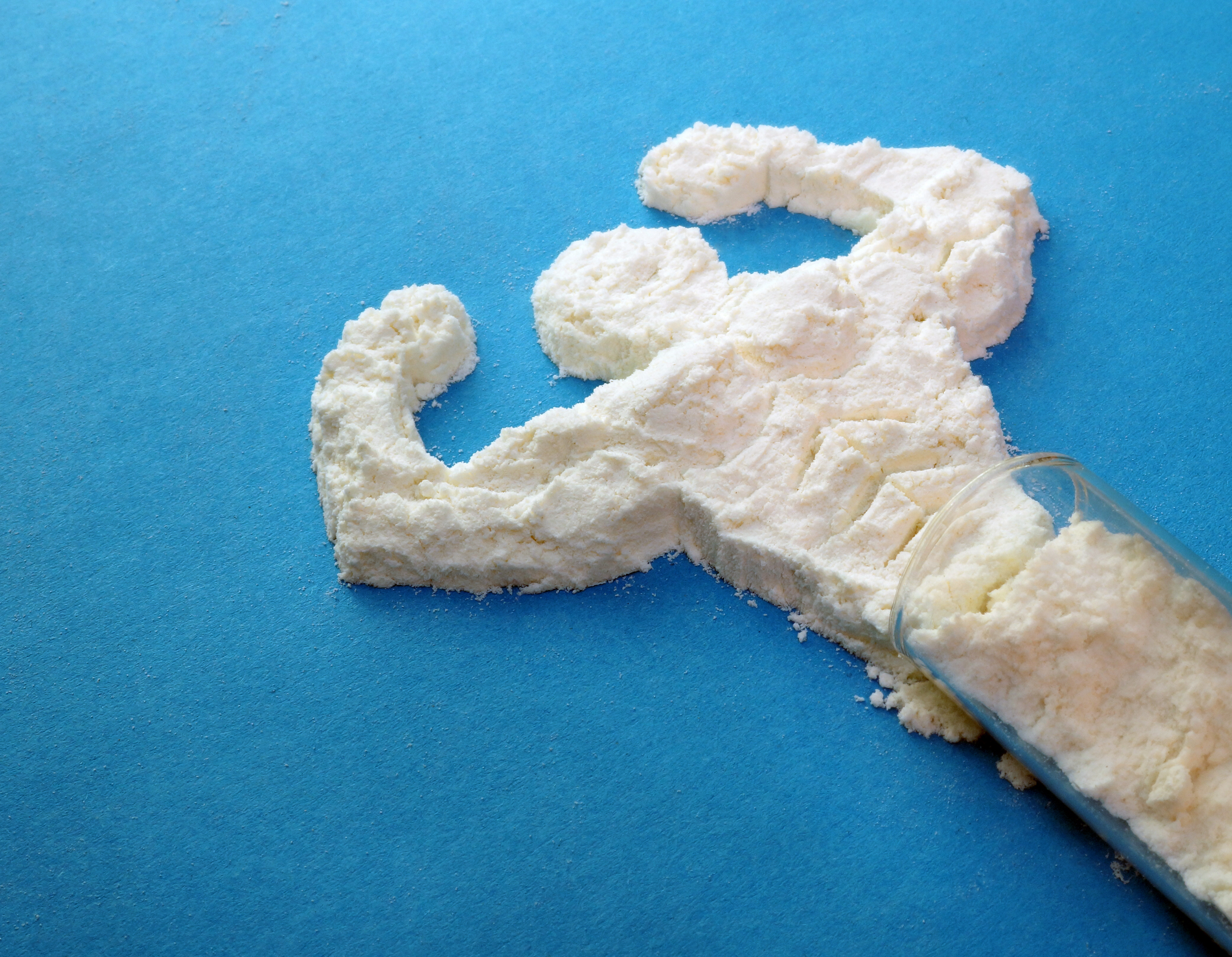


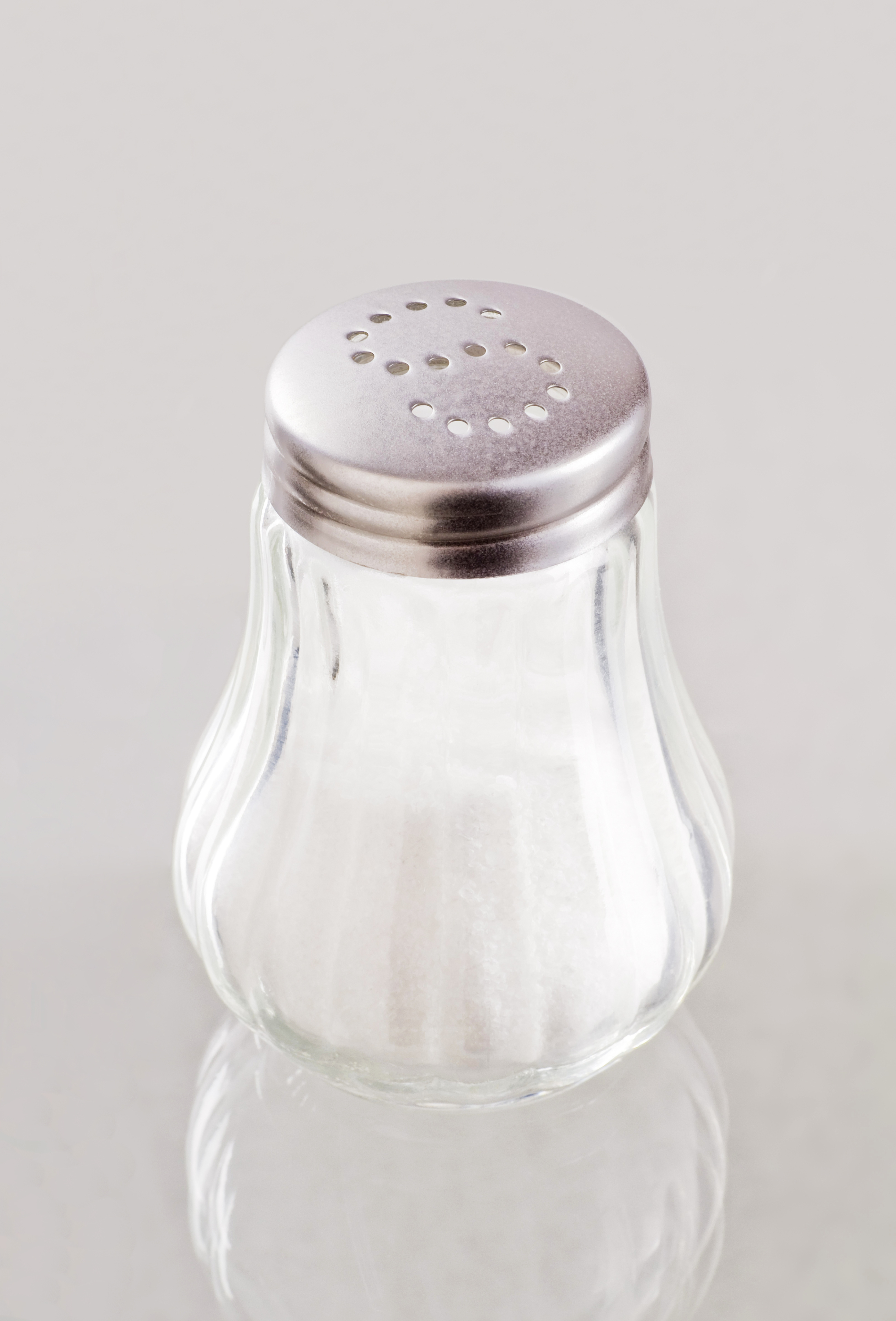

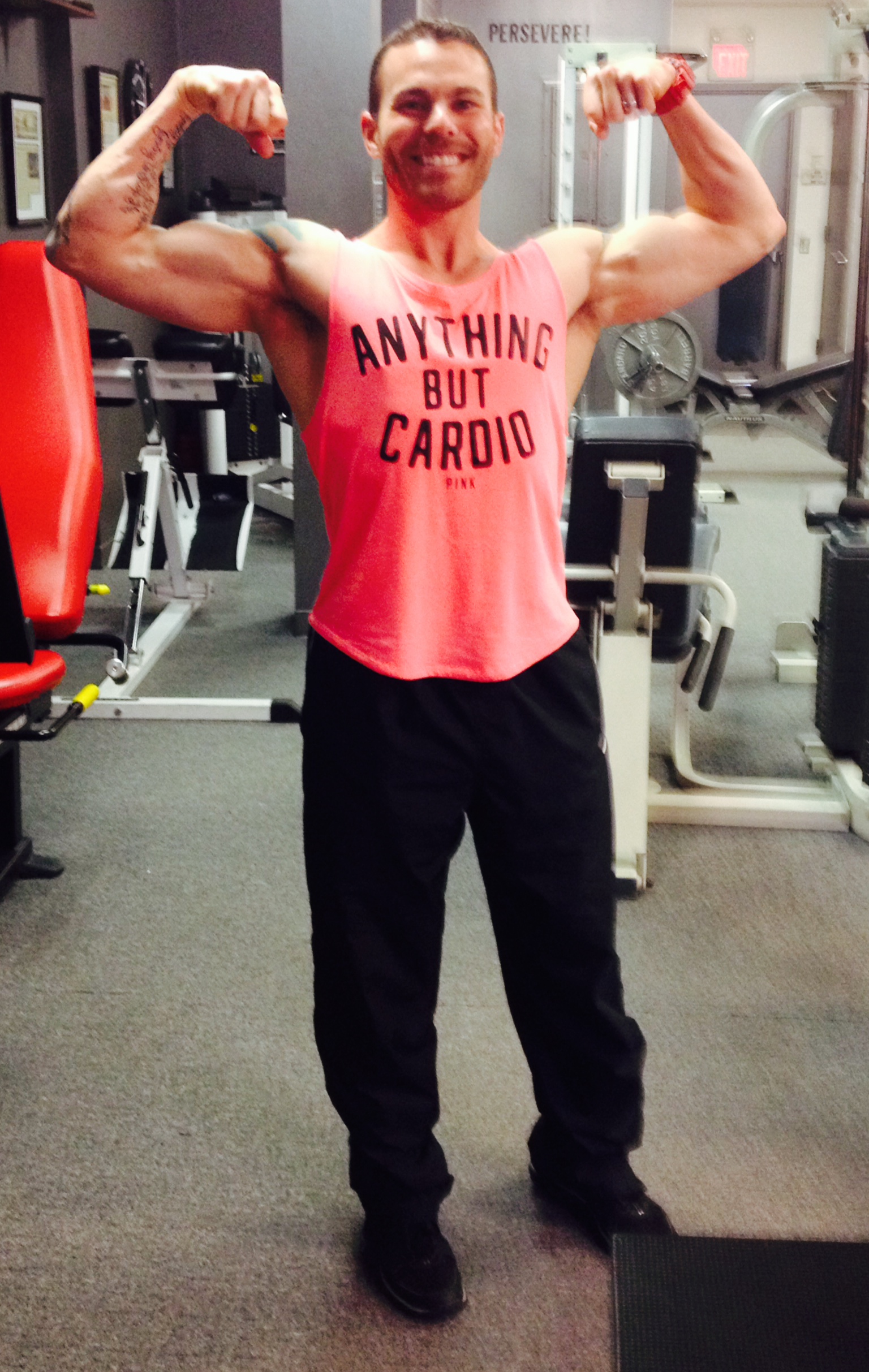

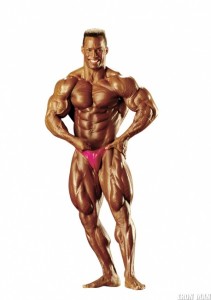

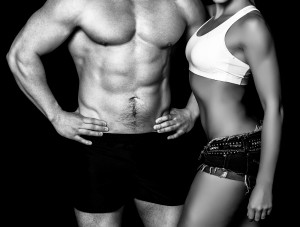 We all recognize that on some level fat-loss is more of a mental challenge than a physical one. Typically, if you follow a plan you lose body-fat. The trouble is following the plan.
We all recognize that on some level fat-loss is more of a mental challenge than a physical one. Typically, if you follow a plan you lose body-fat. The trouble is following the plan.

